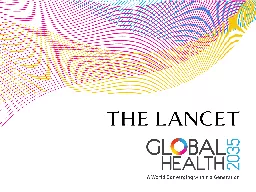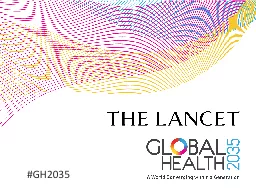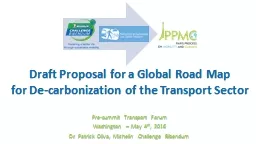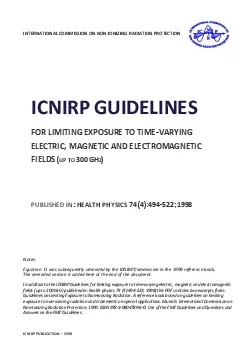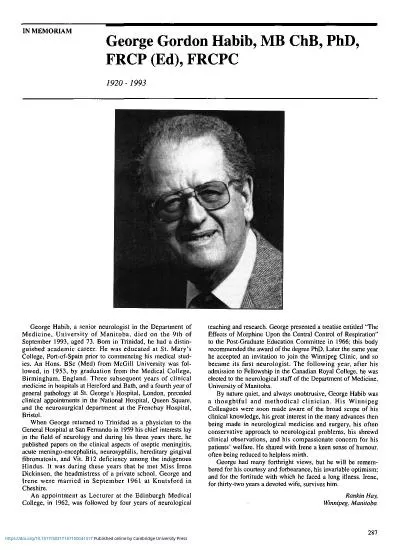PPT-Global Health 2035: WDR 1993 @20 Years
Author : ellena-manuel | Published Date : 2016-03-13
19932013 Extraordinary Health amp Economic Progress Movement of populations from low income to higher income between 1990 and 2011 20152035 Three Domains of Health
Presentation Embed Code
Download Presentation
Download Presentation The PPT/PDF document "Global Health 2035: WDR 1993 @20 Years" is the property of its rightful owner. Permission is granted to download and print the materials on this website for personal, non-commercial use only, and to display it on your personal computer provided you do not modify the materials and that you retain all copyright notices contained in the materials. By downloading content from our website, you accept the terms of this agreement.
Global Health 2035: WDR 1993 @20 Years: Transcript
Download Rules Of Document
"Global Health 2035: WDR 1993 @20 Years"The content belongs to its owner. You may download and print it for personal use, without modification, and keep all copyright notices. By downloading, you agree to these terms.
Related Documents

